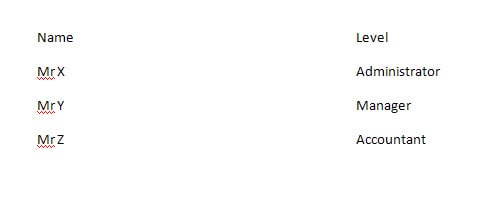by Ankur Jain | Last Updated On Jul 7, 2014 | Automation Object Model |
We have already learned the basics of automating word documents with QTP in the previous parts(Part 1, Part 2) of this series, using which you can achieve your required tasks easily. In this part, I would like to give some common examples that can be used as per the requirement.

by Ankur Jain | Last Updated On Jul 7, 2014 | Automation Object Model |
Let us now go deeper into it and see how we can create a table in a word document. A table helps you in aligning text in a word document. Inserting a table also helps in a case when you want to display some kind of information in tabular format. Use “table” method of your doucment to add a table into your doucment and then using cell, you can enter data into the table in specific rows and columns. Following example demonstrates a simple example on how to insert a table in a word document.
by Ankur Jain | Last Updated On Jul 7, 2014 | Automation Object Model |
This article focuses mainly on automating Word in QTP. If you are already using Excel in your tests it will be quite easier for you, if not, nothing to worry, and both are similar except of some methods and properties. Read the whole article and you will be familiar of using Word and it is quite similar and will be easier for you to work with excel as well.
by Ankur Jain | Last Updated On Jul 8, 2014 | Automation Object Model |
In this article we use automation object model to check if the application under test (AUT) is already running.
by Ankur Jain | Last Updated On Oct 21, 2020 | Automation Object Model |
An article covering basics of Automation Object Model(AOM) in QTP/UFT.




